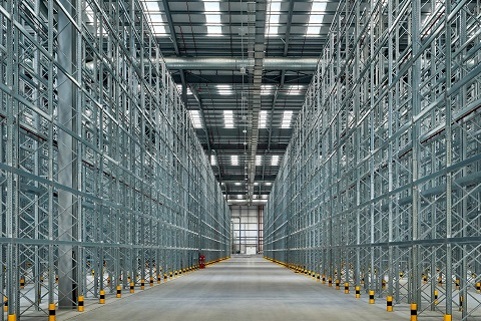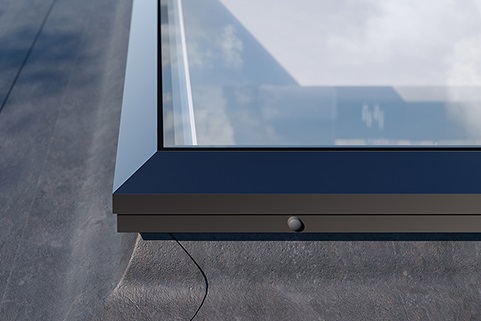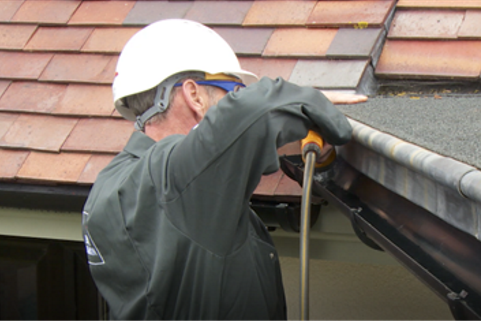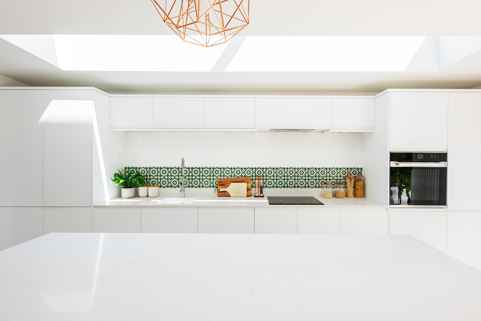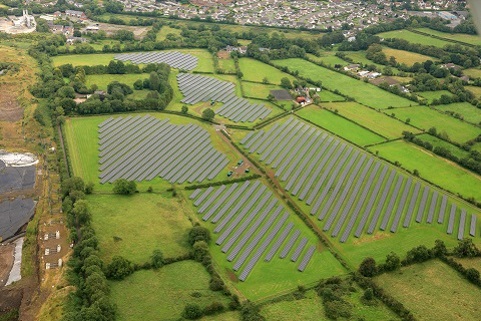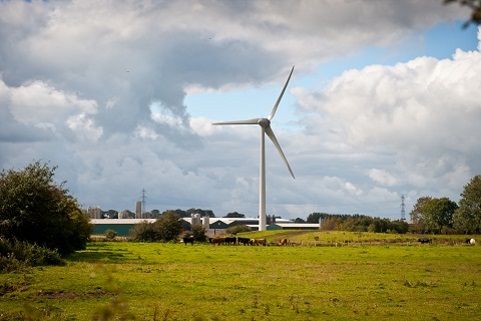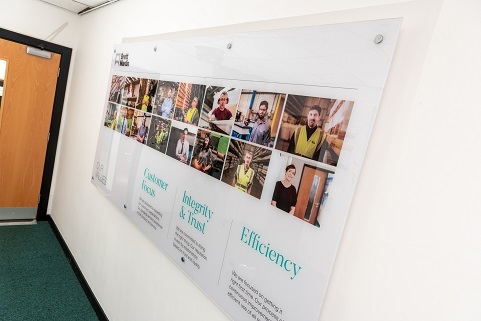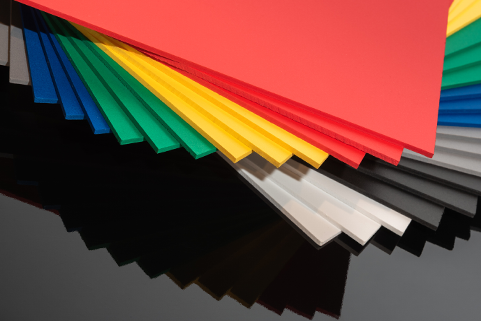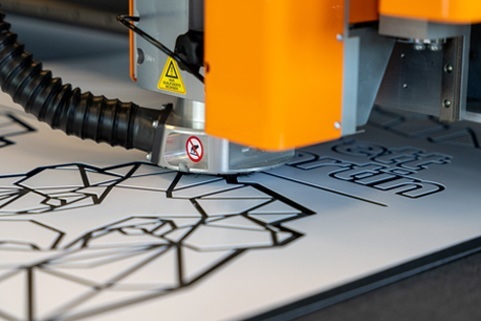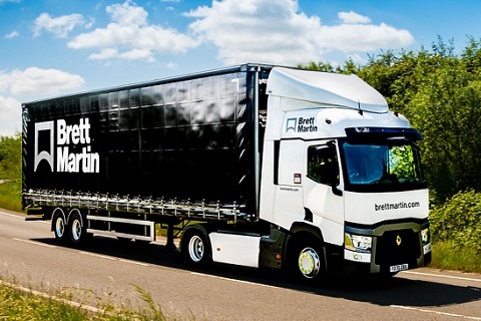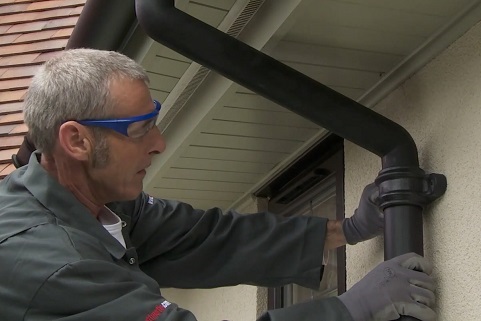Best Practice for Printing Transparent Sheets
When it comes to digital printing, transparent sheets are, without a doubt, one of the most attractive media choices, due to their application versatility and the numerous options available. Whether it’s for signage, privacy screens or POS displays, there’s a transparent sheet to meet your requirements.
But how do you achieve optimum print quality on those sheets? I’ve outlined some simple principles below, accumulated over almost a decade of printing on transparent sheets.
What to do
- Preparation is key. To ensure optimum adhesion, check the surface is free of dust, grease and fingerprints. A perfectly clean surface is an essential prerequisite to any substrate use.
- Use an ionised air bar, gun or brush. Static electricity is everywhere and increases when working with plastic sheets. Most digital printers have anti-static bars incorporated – make sure you remember to check these are turned on and working.
- Double check your laser cutting settings. While, it might sound obvious, most laser cutters are set for cutting acrylic. Polycarbonate, PETg and PET all require different settings and using the right settings significantly improves your edge quality.
- Optimise your inks. For 3D thermoformed signage, the printed material will stretch, so it is important to ensure your chosen inks can stretch to the required depth and that your printing software allows for deformations, so that the printed image will follow your 3D design.
- Consider opacity requirements. To increase the vibrancy of design, a white layer can be printed below the coloured image. However where transparency is required, this should be avoided.
What to avoid
- Don’t handle sheets prematurely. Post digital and screen printing inks can take up to 24 hours to cure on a substrate, so undue or rough handling could negatively affect print quality.
- Temperature and humidity variance. As both of these can lead to higher static levels, it’s important to ensure a constant temperature and relative humidity of 50% or more is maintained within the area of the printer.
- Don’t skip the primer! When working with acrylics, a primer is essential due to the low surface tension of the substrate. A low surface tension leads to a weak ink adhesion so it’s imperative you don’t skip this stage.
Which Brett Martin sheet is right for you?
Through our local distribution partners, Brett Martin supplies a comprehensive range of plastic sheet substrates suitable for a vast array of applications. Our Approved Partner network, working with most major printing, cutting and thermoforming machine manufacturers, ensures that our products have been rigorously tested and provides another outlet for support and guidance when working with Brett Martin substrates.
For applications where the appearance of the edge finish is important, we recommend using our Marcryl sheets which, when laser cut, present a glass-like appearance.
If you’re considering sheets for signage applications where hot bending or thermoforming is required, Marpet gFS is the most suitable solution. This product has fantastic printability and can be thermoformed at lowr temperatures without pre-drying.
Where reflection or glare needs to be avoided, our Marpet aFS Anti Reflective sheets are a great choice due their high transparency and clarity, as well as their reflection eliminating properties.
Finally, if you’re looking for an ideal rigid media for printing Marpet gFS, Marcryl and Marlon all provide excellent ink adhesion and can be printed digitally.
Related
When it comes to digital printing, transparent sheets are, without a doubt, one of the most attractive media choices, due to their application versatility and the numerous options available.

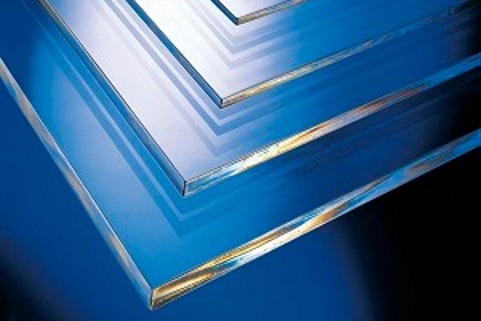
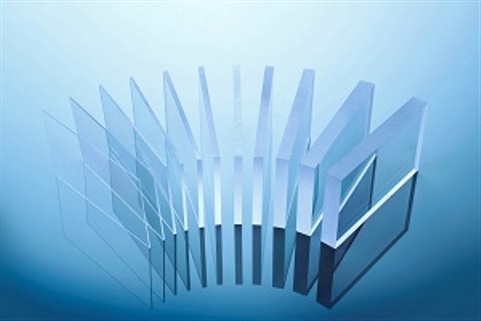
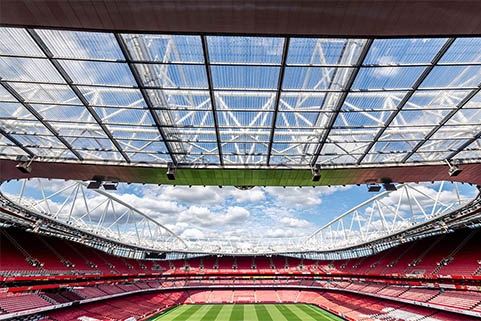
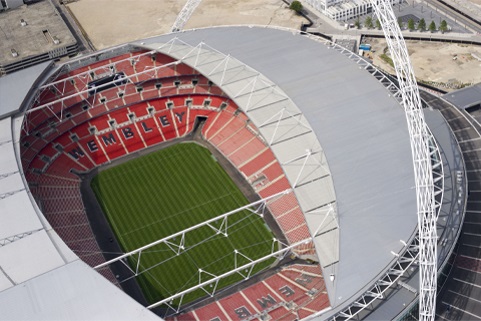
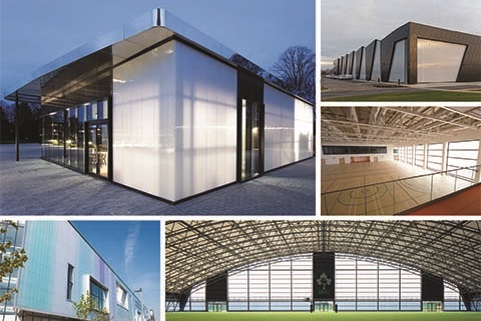
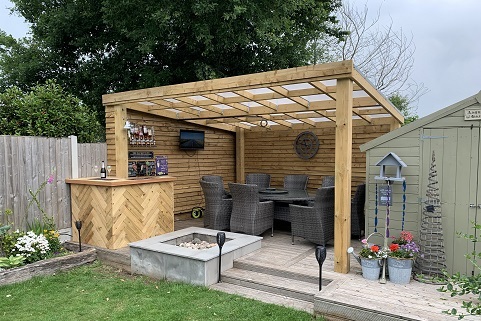
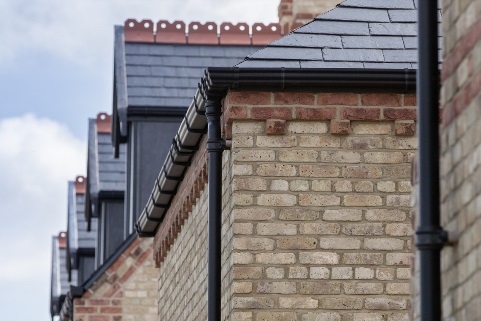
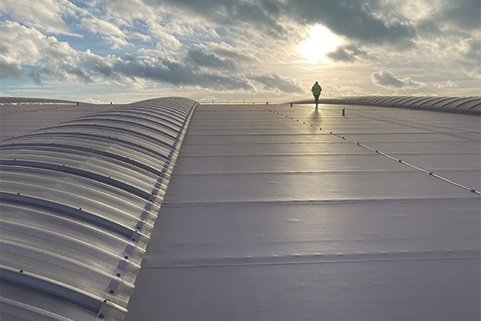
.tmb-listing.jpg?Culture=en&sfvrsn=a65ec15f_1)

